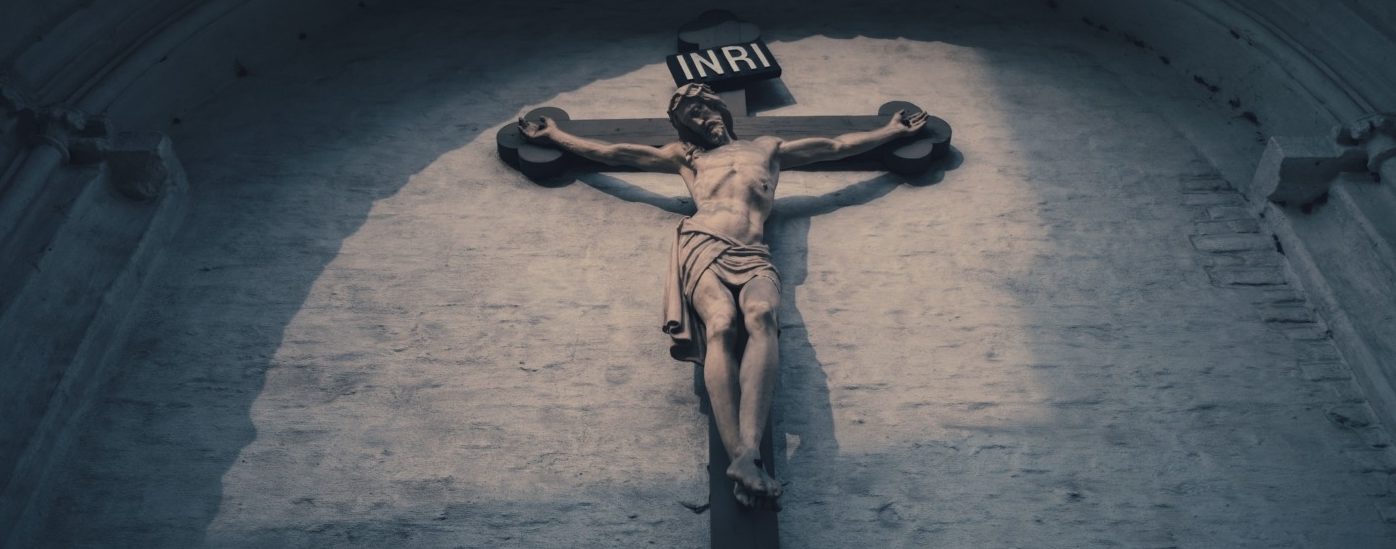Freedom of expression in art does not excuse offending religion
Since August 2018, the Haifa Museum of Art in Israel has hosted an exhibition entitled ‘Sacred Goods’. The exhibition explores the responses of contemporary artists to the themes of faith and religion, within the global world setting and, in particular, within consumerist societies.
On 11 January, many Christians protested outside the exhibition due to the art piece by Jani Leinonen, entitled ‘McJesus’. This artwork depicts the figure of Ronald McDonald, the McDonald fast food corporation’s mascot, crucified in place of Jesus on a wooden cross. The piece is meant to provoke the idea that the fast food industry has become on a par with religion, especially in consumerist countries. However, the piece presents the crucifix, a sacred image in the Christian church, and many view the replacing of Jesus with that of a clown to be highly offensive. This sparks the question, does art have the right to offend religious groups?
Does art have the right to offend religious groups?
For centuries, art and religion have been closely linked. This is not only seen in the paintings, glassworks and tapestries of the medieval eras but also in more contemporary works. Previously, art was made to depict religion and its values, whereas today it is often made in spite of or in contrast to it. Art such as Tracy Emin’s ‘My Bed’ with condoms and alcohol strewn across it, or an impressionist painting in which the muse is a prostitute, clearly present themselves in contrast to traditional values seen on the surface of many religions. However, creating work that happens to contrast a society or culture based on a religion differs from offending the religion itself.
Context is key. In the stand-up routine for his latest comedy show, Nish Kumar made the observational joke that Jesus had been whitewashed. At the end of the show, he had cards of all the white men who had played Jesus, who would most likely not have been white. This joke calls representation into question and demonstrates society’s ability to remain blind to evidence in order to continue whitewashing. Kumar made no attempt at ridicule or blasphemy in this quip. Jani Leinonen’s piece, however, does. The message is clear, and the shock factor of using the cross is artistically daring but it completely disregards the significance of the crucifix to Christianity. Jesus’ sacrifice is not only hugely important to the faith but, in Catholicism, he forms one part of the Holy Trinity. Therefore, to replace the figure of Jesus with the image of a clown is misinformed, blasphemous and highly offensive.
Creating work that happens to contrast a society or culture based on a religion differs from offending the religion itself
It comes down to the line between parody and reality, as well as intent: if the intention is to offend then you are liable for the consequences. Art is a medium for expression, but it does not excuse deliberately offensive motives. Despite the artist claiming he did not want the work to be displayed in this exhibition, the creation itself is what garners this reaction.
Yet, can anyone really have the ability to censor art and its reception? Should expressive works be held accountable to societal rules? It is near impossible to determine an audience’s reaction towards art, due to its subjective nature. However, when taking an image directly from religion, the artist must take into account the ramifications of the art, especially if said piece replaces their God with a trivial figure.
Can anyone really have the ability to censor art and its reception?
Ultimately, it is the nature of art to make a statement. Nevertheless, an issue arises when art normalises disrespectful behaviour towards religious groups. If art is so ingrained in culture, or feeds into mass culture, as this piece did, is it right to allow it to go uncontested? Without protests and reactions against it in defence of the religion, not only will misinformed judgements be made – such as that Christianity holds the same values as the fast food industry – but also we will forget that society survives on mutual respect.
Creating art and having the freedom to express yourself comes with a price, one that you should remain liable for as an artist. In this case, the choice to use such a powerful symbol was indeed striking, and made a political statement. However, that does not excuse it from being highly offensive within the context of Christianity. As the old saying goes, just because you can, it doesn’t mean you should.

Comments